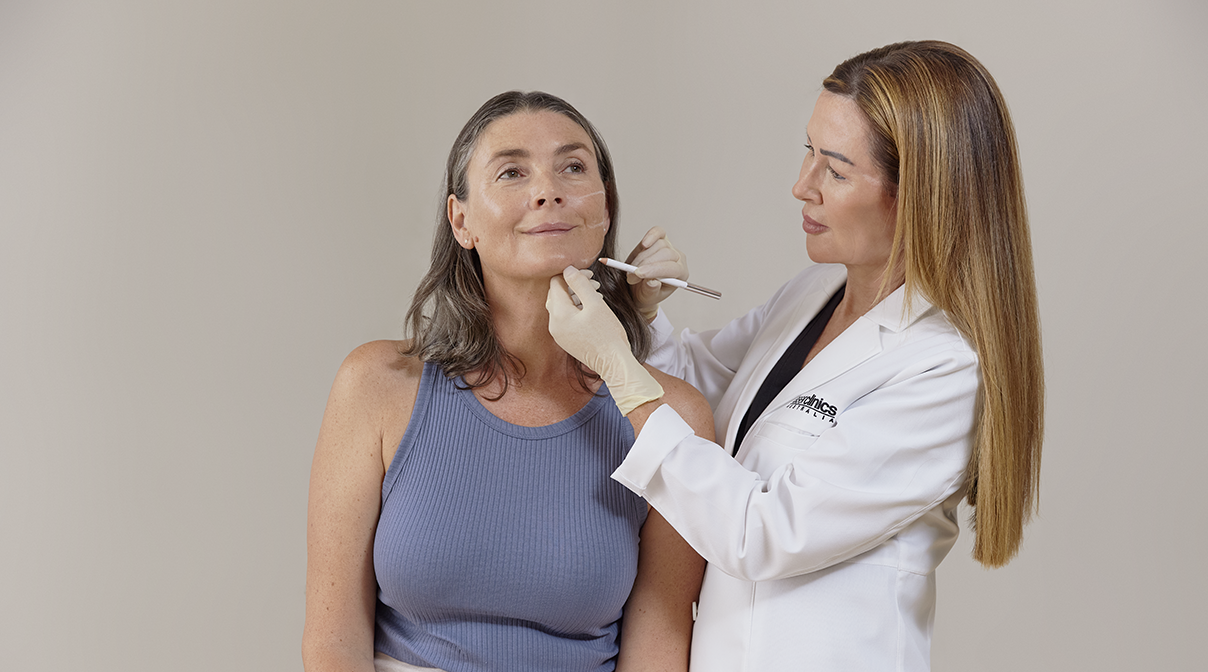You've probably heard of laser hair removal, the popular method for removing unwanted body hair. But could this same technology be used to remove spider veins or broken capillaries?
As a minimally invasive solution, many have wondered if the same laser technology used in hair removal can also work on those pesky red, blue, or purple lines often appearing on the legs and face.
Let’s discuss.
The Truth Behind Spider Veins
Spider veins are simply dilated blood vessels visible beneath the skin’s surface. These come in two types: venous and arterial.
Venous spider veins are slightly raised and typically blue or purple, while arterial spider veins are flat and tend to be pink or red. Both types are quite small, usually ranging from 0.1mm to 3mm in diameter.
What causes spider veins to appear? It all boils down to blood flow. Spider veins are essentially damaged blood vessels where blood has pooled and caused them to dilate.
This could be due to several reasons like weakened valves, increased pressure, sun damage, or genetics. Although they’re relatively harmless, they may cause discomfort such as aching, burning, or itching.
How Laser Hair Removal Works (and Why It Might Not Be The Best Option For Treating Spider Veins
The pulsing light beam that damages the melanin in the hair follicles and causes them to fall off isn’t necessarily suitable for treating spider veins.
To reiterate, spider veins are dilated blood vessels resulting from abnormalities in the skin’s capillary loops. They lack melanin, which is the target chromophore for laser hair removal devices.
Blood Vessels Do Not Absorb The Same Light Wavelengths In Laser Hair Removal
The wavelengths of light typically used in laser hair removal are not absorbed by the blood vessels that make up spider veins.
As a result, using a laser hair removal device on spider veins would be ineffective and potentially harmful. It’s the wrong tool for the job.
But A Laser System Powered By Commercial Hair Removal Laser Could Treat Spider Veins
Laser hair removal may not directly treat spider veins, but according to a study published in the National Library of Medicine, some of the device’s parts could be used in conjunction with a vascular laser “pumped” by a hair removal laser.
In simpler terms, certain parts of a laser hair removal machine can be combined with a different type of laser specifically targeting blood vessels. This combined system allows practitioners to harness the power of both lasers to treat spider veins in the legs effectively.
So What’s The Most Effective Way Of Treating Spider Veins?
Now we’ve established traditional laser hair removal isn’t suitable for spider veins, you might wonder what the best treatment options are. This is where Capillarity Reduction Treatment (CRT) comes in.
Known as vascular laser therapy, CRT uses specific light wavelengths that are absorbed by the blood within the veins. This targeted energy heats the blood vessels, causing them to collapse and eventually fade away.
Here’s a quick look at how CRT works:
- A vascular laser emits a 532nm or 1064 nm light absorbed by the haemoglobin in the blood within the spider veins.
- The absorbed light energy is converted into heat, damaging the walls of the blood vessels.
- The damaged blood vessels collapse and seal shut, preventing blood flow.
- Over time, the body naturally absorbs and eliminates the collapsed veins, reducing their appearance.
Eliminate Spider Veins The Right Way With Laser Clinics United Kingdom’s Capillary Reduction Treatment
While laser hair removal might not solve spider veins, there's no need to despair.
At Laser Clinics United Kingdom, we offer advanced Capillary Reduction Treatment (CRT) specifically designed to target and diminish those pesky veins.
Our experienced therapists utilise state-of-the-art vascular lasers that deliver precise energy to the affected blood vessels, causing them to collapse and fade away.
With our tailored treatment plans and commitment to making you feel good inside and out, you can trust us to help you achieve smoother, more confident skin.







